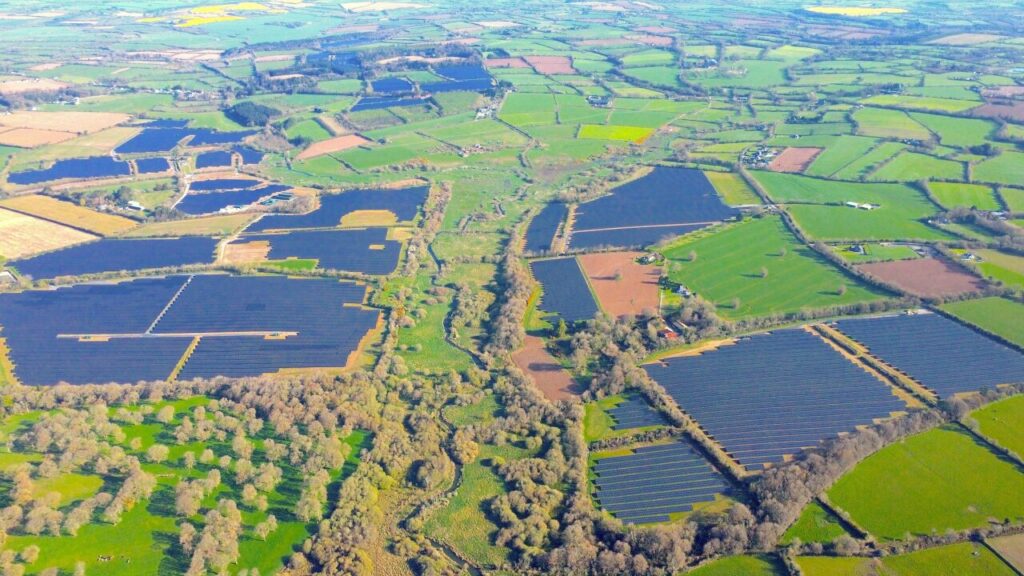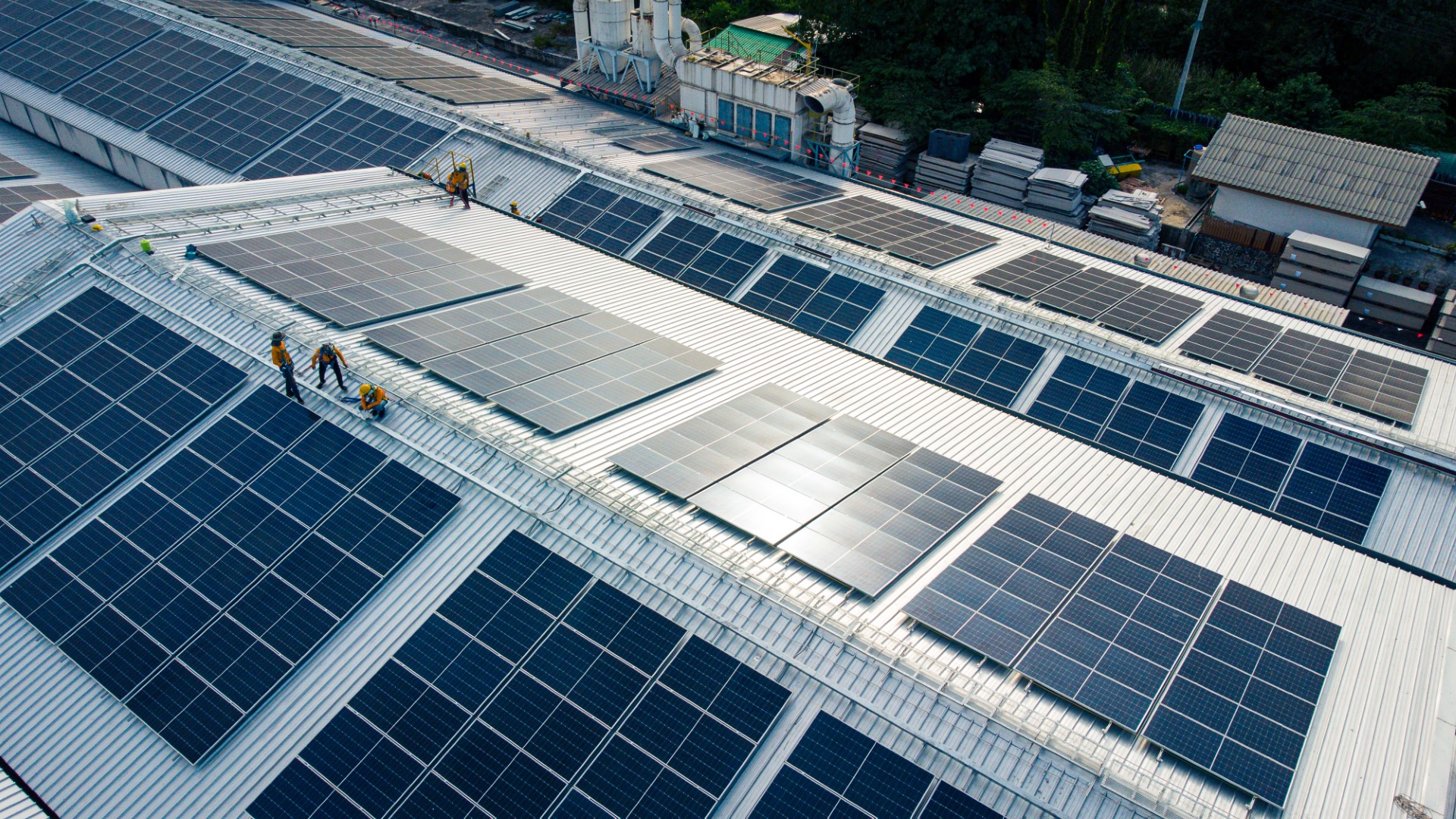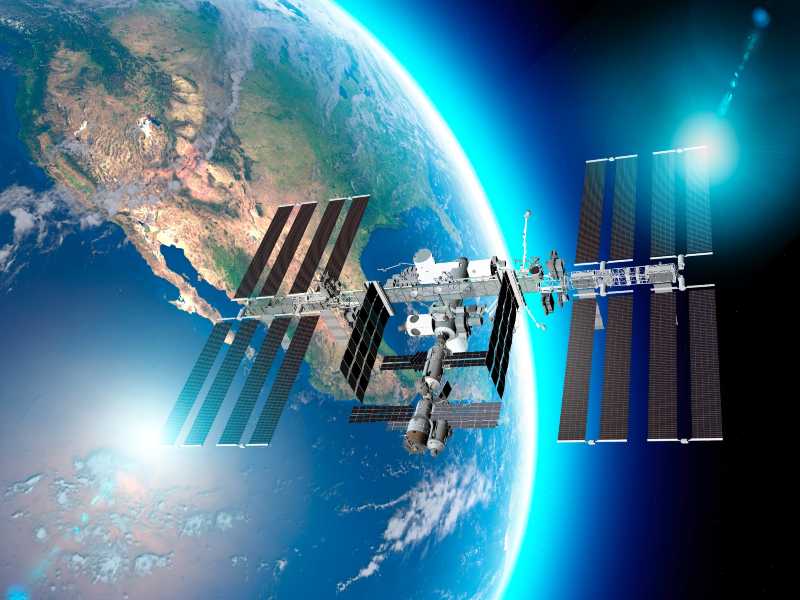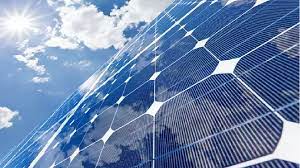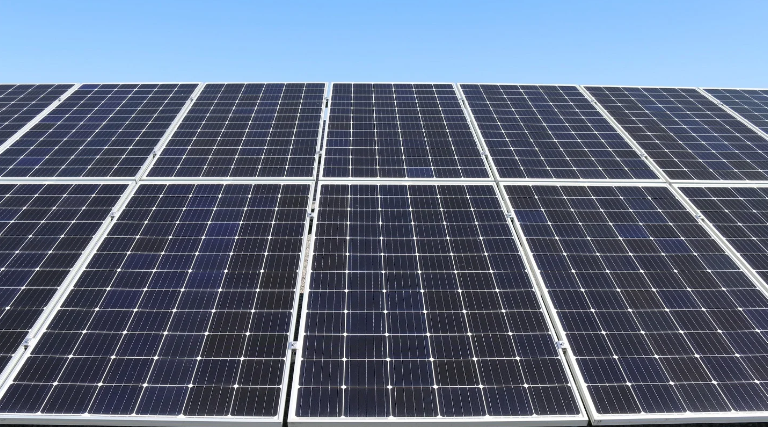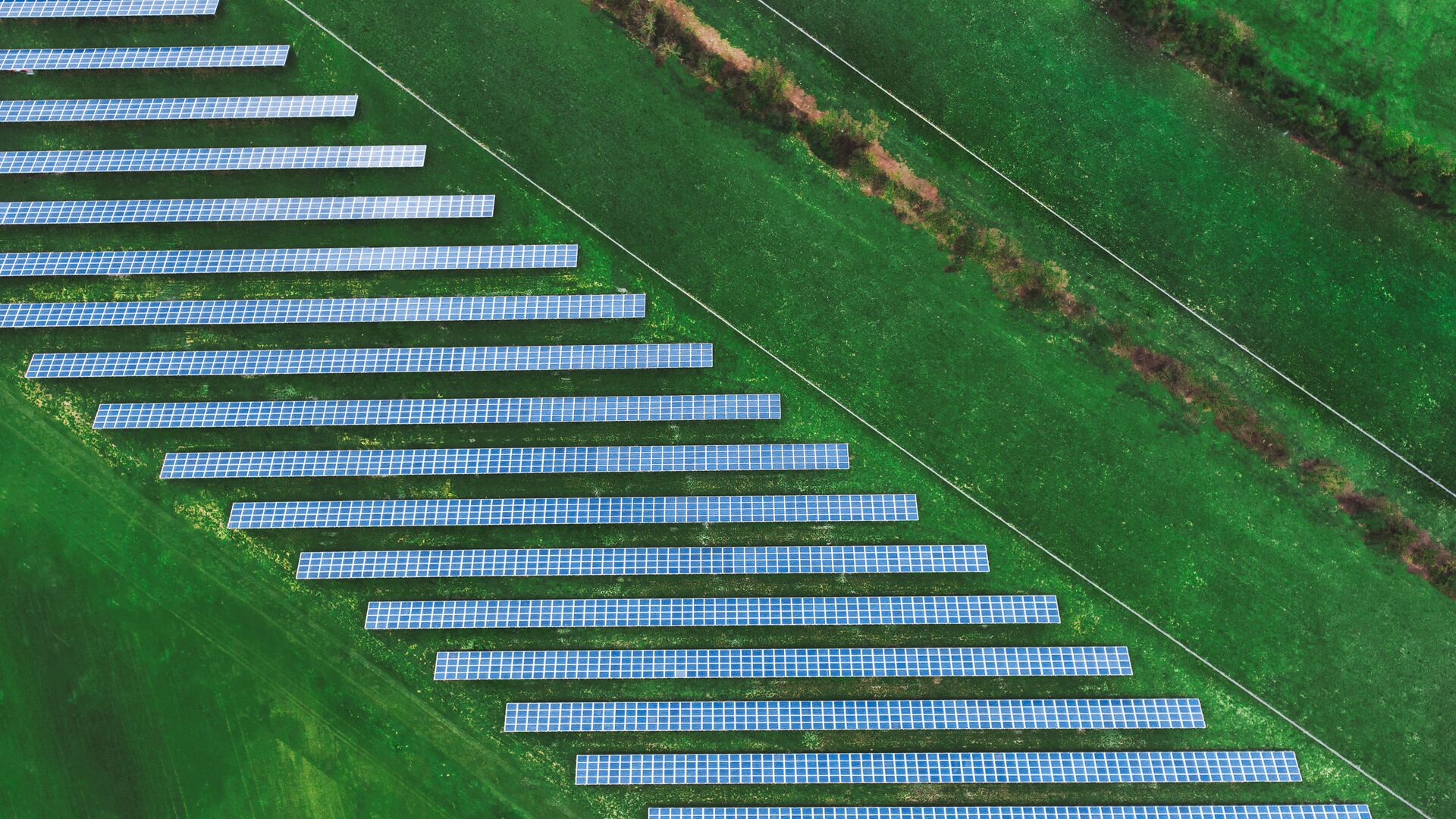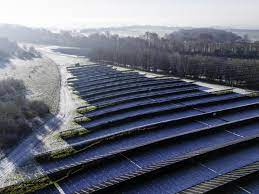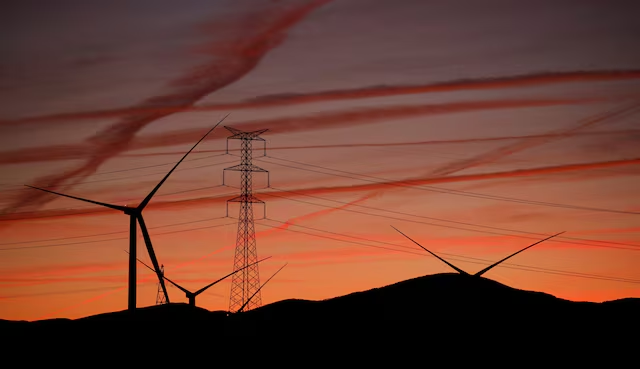
High-voltage power lines, an electricity pylon and wind turbines are seen near Pedrola, Spain, December 12, 2021. Picture taken on December 12, 2021. REUTERS/Albert Gea/File Photo Purchase Licensing Rights
Renewable energy sources are set to meet nearly half of all electricity demand by the end of the decade, but to fall short of a U.N. goal to triple capacity to reduce carbon emissions, an International Energy Agency (IEA) report showed on Wednesday.
The world is set to add more than 5,500 gigawatts (GW) of renewable energy capacity between now and 2030, almost three times the increase between 2017 and 2023, the IEA Renewables 2024 report said.
It said the increase is equivalent to the current power capacity of China, the European Union, India and the United States combined, but not enough to meet a target set at the COP28 U.N. climate conference.
For the world to triple capacity, governments need to intensify efforts to integrate renewables into power grids.
This requires the building and modernising of 25 million kilometres (15.5 million miles) of electricity grids and reaching 1,500 GW of storage capacity by 2030, the IEA said.
Solar photovoltaic (PV) is set to account for 80% of the growth in renewable energy capacity to 2030. The wind sector is also forecast to recover and double its rate of expansion to 2030 compared with 2017-2023.
Global solar manufacturing capacity is expected to be more than 1,100 GW by the end of 2024, more than double the estimated demand by then. This supply glut has helped to cheapen solar module prices but also means many manufacturers are experiencing large financial losses, the report added.

